The Bears Ears
Along Highway 95, west of Blanding, Utah, I pull my teal '92 Ford Explorer with Kansas plates onto a rocky side road and head north. Going nowhere in particular, I look for a nice spot to cook dinner and pass out. The road I'm following leads me upwards, and a pair of solitary buttes is perfectly framed by my badly cracked windshield. A whole new zone to explore. Bumping my way up towards these obvious forested landmarks, I'm still processing having just hiked and swam my through the incredible sandstone narrows of the Black Hole- totally consumed by what else might be hiding in this labyrinth of canyons. As a 19-year-old newcomer to the Four Corners region, I was in awe of a landscape I never even knew existed until months before.
Back in my dorm room, I poured over a map of the area. The forested buttes were clearly labeled, "Bears Ears." Over 15 years have passed since then. I pride myself in having spent countless days exploring canyons and ruins, climbing perfect cracks, taking friends to my favorite spots, that I know it, just a little bit. I've always referred to this area as the "the closest awesome desert to Durango". Now, it's known as Bears Ears National Monument. Federally Protected, Bears Ears encompasses 1.9 million acres of incomparable high desert terrain . Along with our current administration, comes a proposal to drastically reduce the Monument in size, exposing sensitive areas to natural resource extraction, among various other damaging activities.
May 26th is the end of the public comment period. If you love Bears Ears, National Monuments, and the Antiquities Act, please voice your opinion here:
https://www.accessfund.org/take-action/campaigns/tell-secretary-zinke-not-to-rescind-or-reduce-bears-ears-national-monument
Map courtesy of Grand Canyon Trust. Learn more at: http://www.grandcanyontrust.org/bears-ears-cultural-landscape










